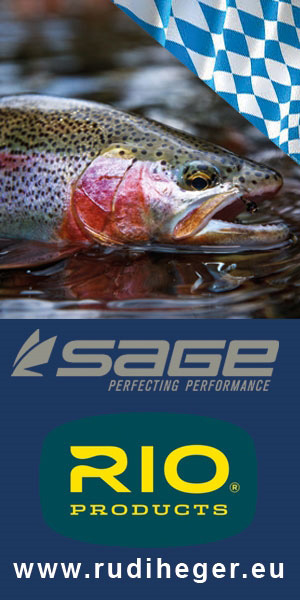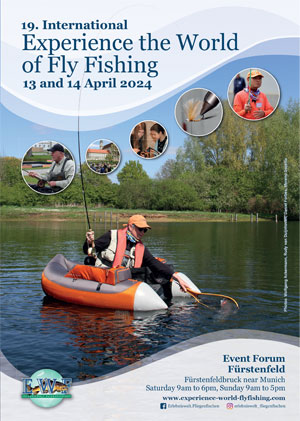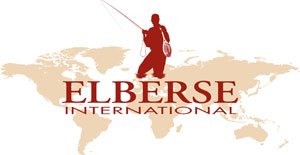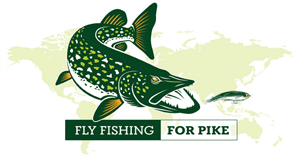
The Arctic Ocean has long been the least accessible of the world’s major oceans. But as climate change warms the Arctic twice as fast as anywhere else, the thick sea ice that once made it so forbidding is now beating a hasty retreat. Since 1979, when scientists began using satellites to track changes in the Arctic sea-ice expanse, its average summertime volume has dropped 75 percent from 4,000 cubic miles to 1,000 cubic miles. By September, the Arctic Ocean will have swapped nearly 4 million square miles of ice for open ocean.
This accelerated transformation has troubled scientists, conservationists and government officials who are anxious about the fate of the fish that may live in these waters—and for the entire ecosystem itself. At the center of the Arctic Ocean is a 1.1 million square-mile “donut hole,” surrounded by Canada, the Danish territory of Greenland, Norway, Russia and the United States. The donut hole does not fall under any country’s jurisdiction, and it may well be the last unexploited fishery on Earth. According to international law, anyone could fish these newly opening high seas, if they desired, and thanks to the retreating ice, they may soon have their chance.
This week, delegations from the five Arctic coastal states and five of the world’s largest fishing jurisdictions are meeting in Reykjavík to hammer out a deal to prevent commercial fishing boats from casting their nets into the international waters of the Arctic until scientists complete a full assessment of its fish stocks.
Read the complete article here.






